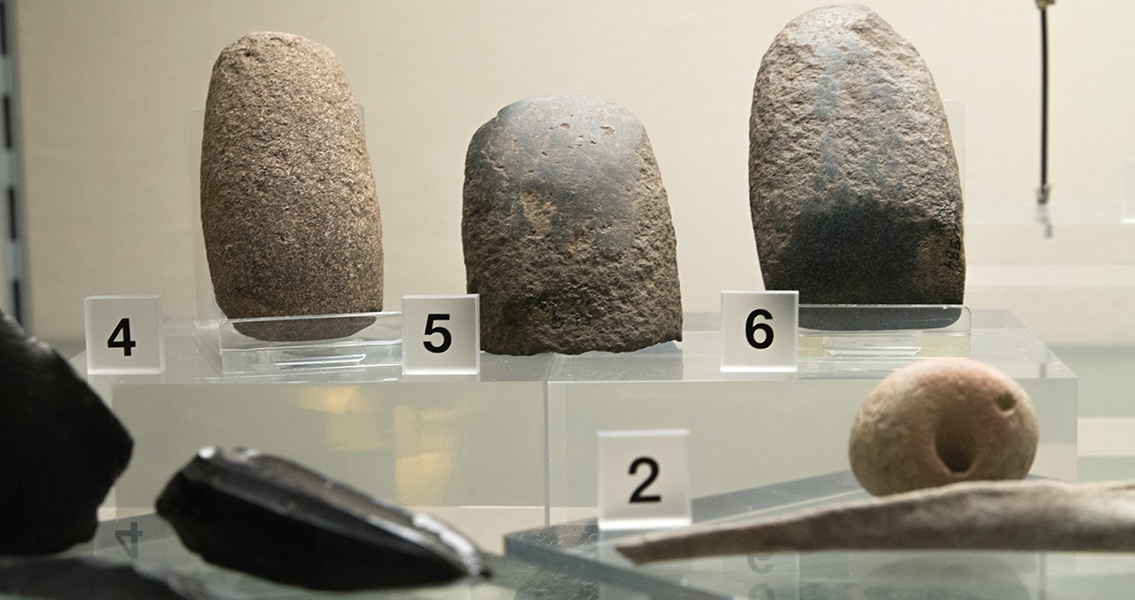<![CDATA[Europe was inhabited exclusively by hunter-gatherers for most of the past 45,000 years, until the arrival that is, of agriculture. This new type of subsistence began in what is now Turkey, spreading across the continent around 8,500 years ago, reaching central Europe 1,000 years later and then Britain some 1,400 years after that. Exactly how it got to Europe, however, has been a topic of debate for over a century; was it simply the idea that traveled or did it arrive with the actual farmers? Regardless of the mode of transportation, the introduction of agriculture brought profound changes to societies and cultures. One effect of the development of farming was the establishment of cities and towns due to a reliable source of food which meant people could settle in one place. Another effect of farming on early societies was the development of new technologies which significantly impacted people's lives, such as the ability to manufacture clay bricks, weaving and textiles, leatherworking and metallurgy. Now, an international team of researchers have published a study which shows unequivocally that the early farmers in Europe had a virtually unbroken ancestral chain leading straight back to the Aegean region. Using genomic analysis, the team have clarified the long-standing debate by showing the direct ancestral line of Southwestern and Central Europeans directly to northwestern Anatolia and Greece respectively. As these early ancestors (and their farming knowledge) expanded into Europe, they would have met the hunter-gatherers who had been there since the Ice Age, yet the two groups initially mixed very little. Although they exchanged knowledge and cultural traditions, they didn’t mate outside of their group until centuries later. Professor Joachim Burger with the Johannes Gutenberg University Mainz (JGU) and his team have been pioneering the paleogenetic research of Europe’s Neolithization process for the last seven years. Their earlier research showed the absence of interbreeding between the hunter-gatherers and farmers in prehistoric Europe, and now, they can establish that the genetic and cultural differences were due to different geographical origins; meaning that the migrating farmers looked different, spoke different and had a completely new and foreign culture. Farming, animal husbandry and a sedentary lifestyle were already a part of life in the region that’s now Syria, Iraq, Iran and Turkey (also referred to as the Fertile Crescent) 10,000 years ago, but whether or not people from this area were Europe’s first farmers has yet to be established. However, the team behind the research have shown that the Neolithic culture, including farming, came through the northern Aegean before colonizing Europe in a short amount of time. Additionally, research has established that the influx of farming, and farmers, was not Europe’s last major migration event – people from the eastern Steppe arrived in central Europe around 5,000 years ago and mixed with the early farmers and former hunter-gatherers. The vast majority of the current European population advanced as a mixture of these three groups. This study has been published in the journal Proceedings of the National Academy of Sciences. Image courtesy of Wikimedia Commons user: Zde ]]>
Research Shows That Farming was Hand Delivered to Europe
